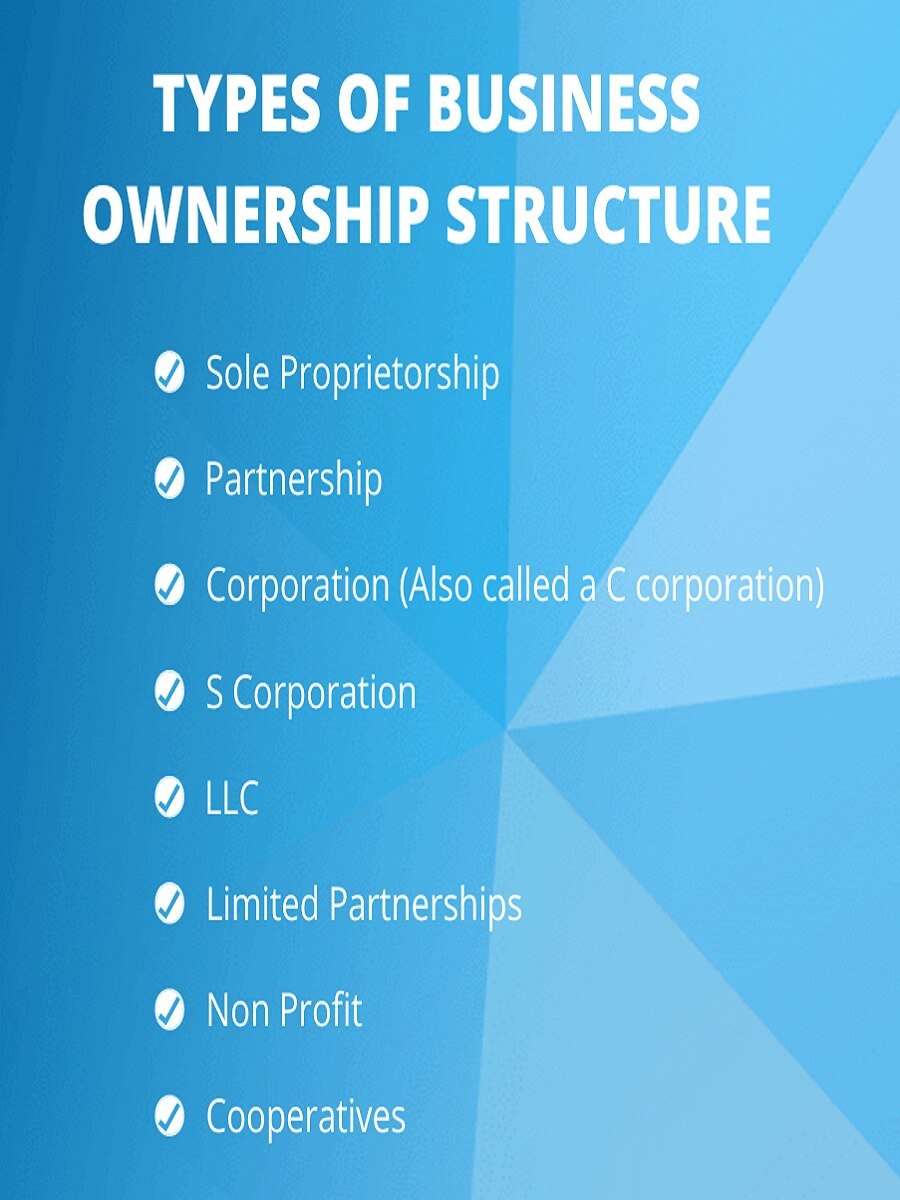What are the Types of Businesses?
Sole Proprietorship
A sole proprietorship is the simplest and most common form of business ownership, characterized by a single individual who owns and operates the business. This form of business is often favored for its straightforward setup and minimal regulatory requirements. The sole proprietor has complete control over all business decisions and operations, which allows for a high degree of flexibility and autonomy.
One of the most significant advantages of a sole proprietorship is the ease of formation. Unlike corporations or partnerships, there is no need for extensive legal documentation or registration. The business can be established quickly, often with just a business license. This simplicity makes it an attractive option for freelancers, consultants, and small business owners.
Financially, a sole proprietorship allows the owner to retain all profits generated by the business. These profits are reported on the owner’s personal income tax returns, simplifying the tax process. However, this also means that any losses incurred by the business can be deducted from the owner’s personal income, potentially reducing their overall tax liability.

Partnership
A partnership is a business structure wherein two or more individuals share ownership and the responsibilities of running the business. This type of arrangement allows for shared decision-making and the pooling of resources, which can be beneficial for the growth and development of the business. Partnerships are often favored for their simplicity and flexibility, but they also come with certain complexities and risks that need to be managed carefully.
There are several types of partnerships, each with its unique characteristics and legal implications. The most common types include general partnerships, limited partnerships, and limited liability partnerships (LLPs).
In a general partnership, all partners share equal responsibility for the management of the business and are equally liable for its debts and obligations. This means that each partner’s personal assets can be used to satisfy business debts in the event of a financial shortfall.
Limited partnerships consist of at least one general partner and one or more limited partners. The general partner manages the business and assumes full liability, while limited partners contribute capital but have limited liability, meaning their personal assets are not at risk beyond their investment in the partnership.
Corporation
A corporation is a distinct legal entity, separate from its owners, which provides a structural complexity that other business types do not offer. Corporations can be broadly classified into two main categories: C corporations and S corporations. C corporations are the traditional form of corporations and are subject to corporate income tax. S corporations, on the other hand, pass corporate income, losses, deductions, and credits through to their shareholders for federal tax purposes, avoiding the double taxation that C corporations often face.
One of the significant advantages of corporations is the limited liability protection they offer to shareholders. This means that shareholders are typically not personally responsible for the debts and liabilities of the corporation. Additionally, corporations have easier access to capital through the sale of stock, which can be an attractive feature for businesses looking to expand. Another advantage is the perpetual existence of corporations; they do not dissolve upon the death or withdrawal of a shareholder, director, or officer, ensuring continuity and stability over time.
However, corporations also come with disadvantages. The most notable is double taxation, where profits are taxed at the corporate level and then again at the individual level when distributed as dividends to shareholders. Regulatory requirements for corporations are more stringent compared to other business forms, necessitating regular reporting and compliance with federal and state laws.